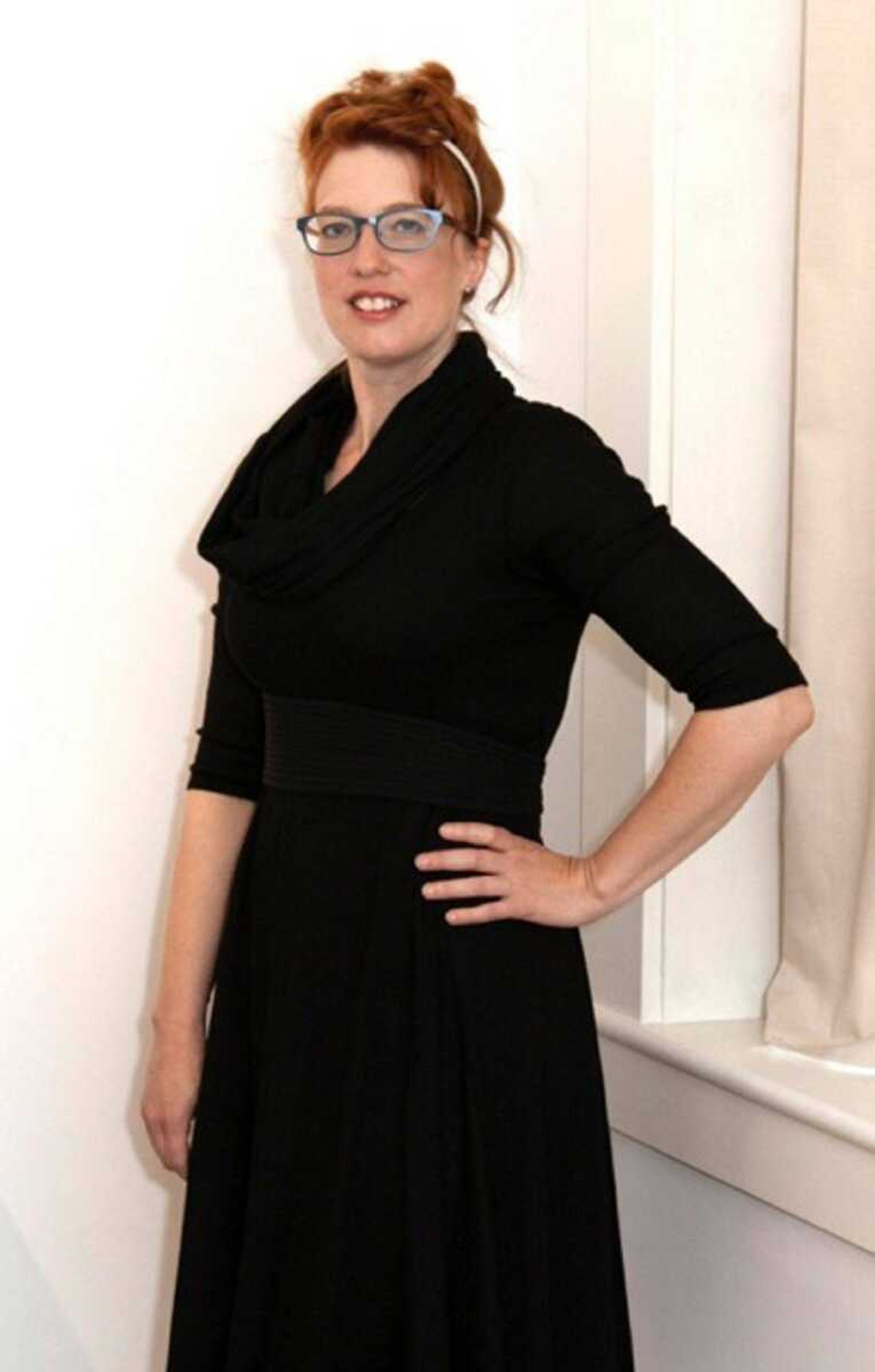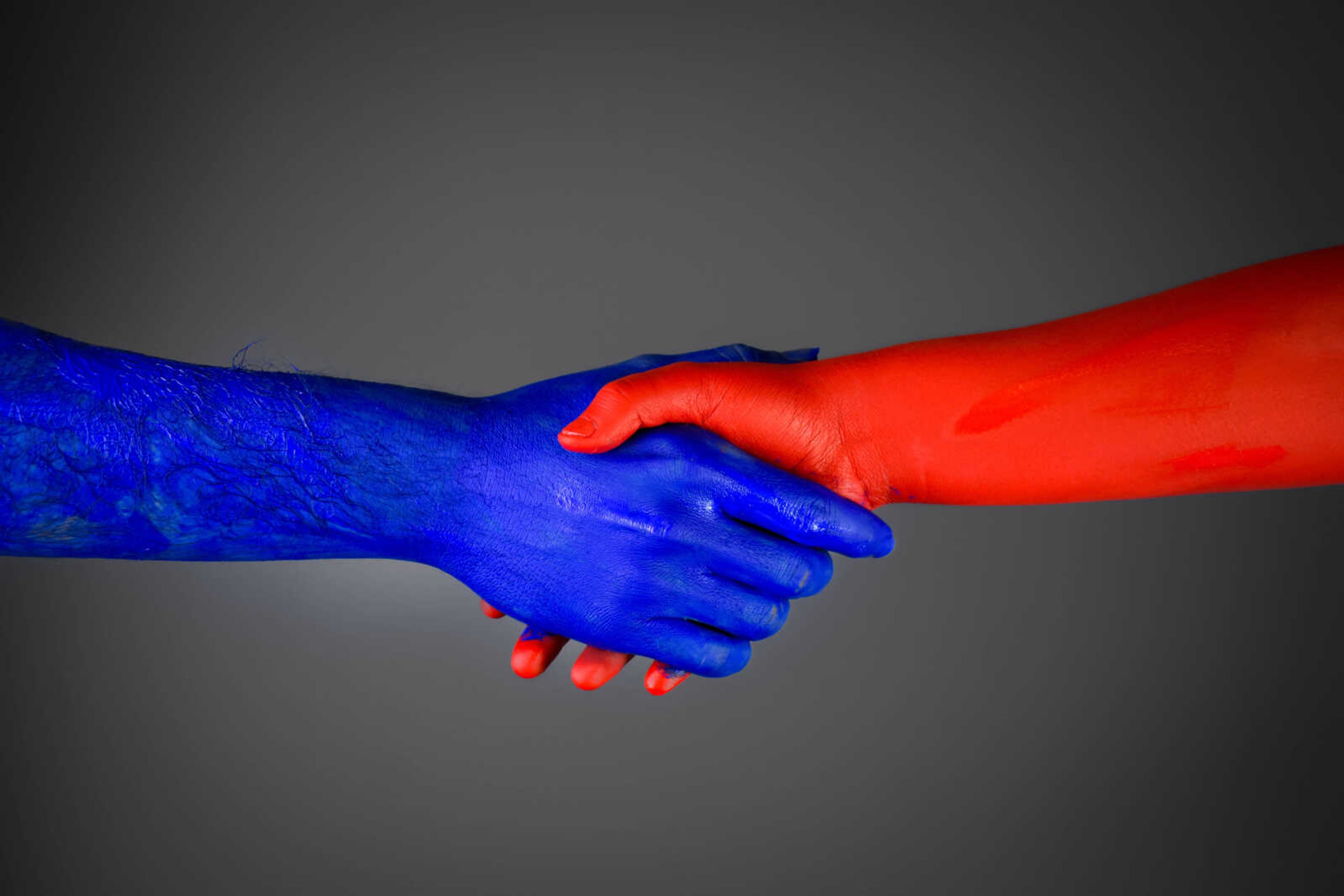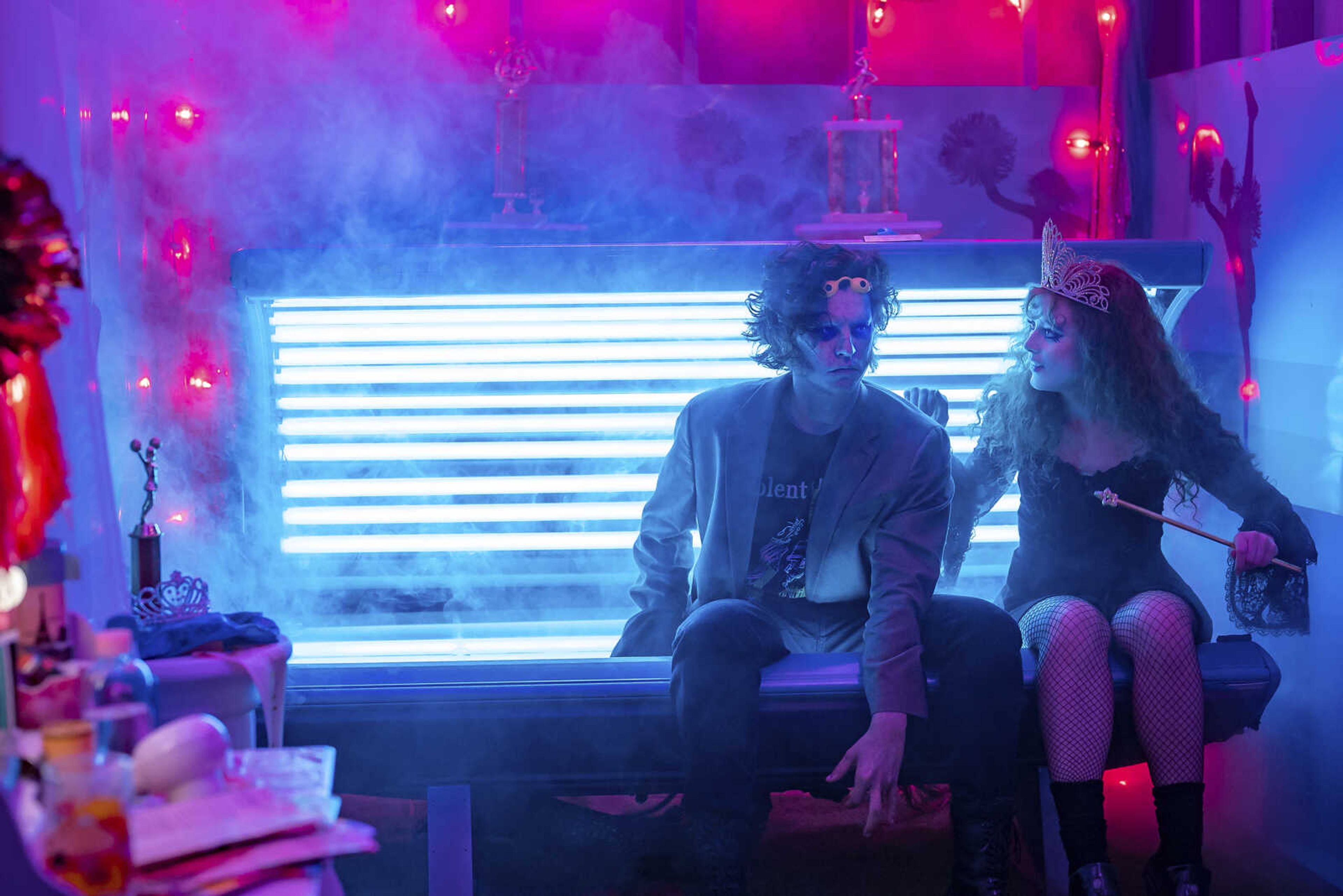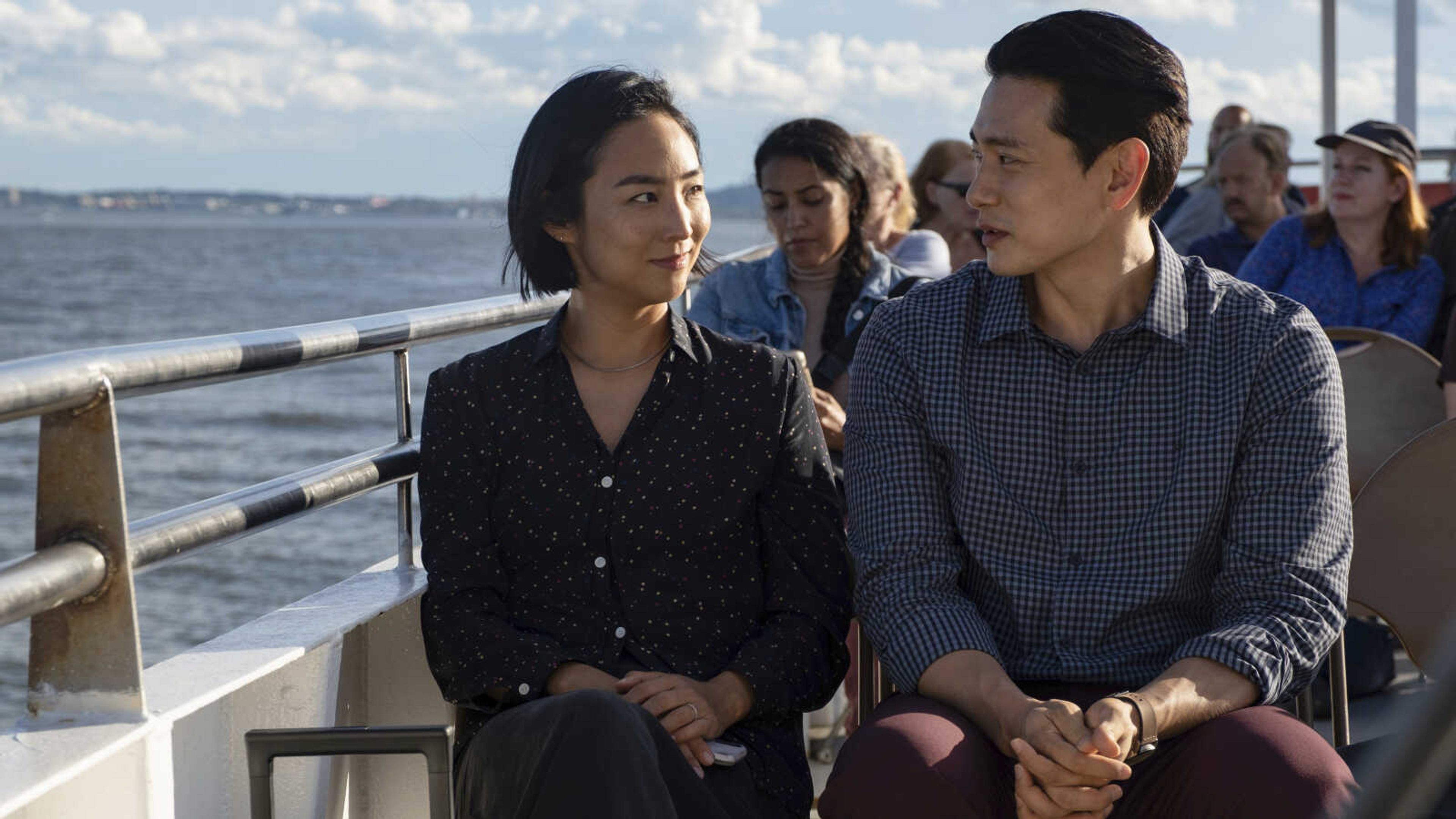Nationally known ceramicist to be juror of 'Wild Things' exhibit
The Arts Council of Southeast Missouri will host a national juried exhibit -- "Wild Things" -- with an animal theme in June. The exhibit's juror will be Ruth Ann Reese, a nationally known ceramist who owns a gallery in St. Louis. The following interview with Reese was conducted by Joni Hand, arts council board member and assistant professor of art at Southeast Missouri State University...
The Arts Council of Southeast Missouri will host a national juried exhibit -- "Wild Things" -- with an animal theme in June. The exhibit's juror will be Ruth Ann Reese, a nationally known ceramicist who owns a gallery in St. Louis. The following interview with Reese was conducted by Joni Hand, arts council board member and assistant professor of art at Southeast Missouri State University.
Ruth Ann Reese is known for her surreal porcelain sculptures -- animal forms merging with human figures and flora grafting to fauna. From these fantastic beings, psychological questions concerning the nature of identity naturally emerge. At present, she is a studio artist living in St. Louis and the founder of Reese Gallery, where she curates exhibitions of other emerging and midcareer artists.
Reese received a master of fine arts degree in sculpture from Washington University in St. Louis, where she used clay-dirt to create architectural installations. She also has been a studio assistant for Esther Shimazu at the Penland School of Crafts while exploring figurative sculpture and the nature of presence.
During a recent interview, Reese commented the traditional notion of fine art and craft as distinct entities is not part of her ideology. She said "there really is no distinction between craft and fine arts. Clay, the medium in question, is malleable, sensual and alive as the earth itself. It has the ability to be representational, nonobjective, design-orientated or even functional. Clay is abundant under our feet and is as old as time itself. As an ancient material force, it helped define how we understand materiality."
The craft community
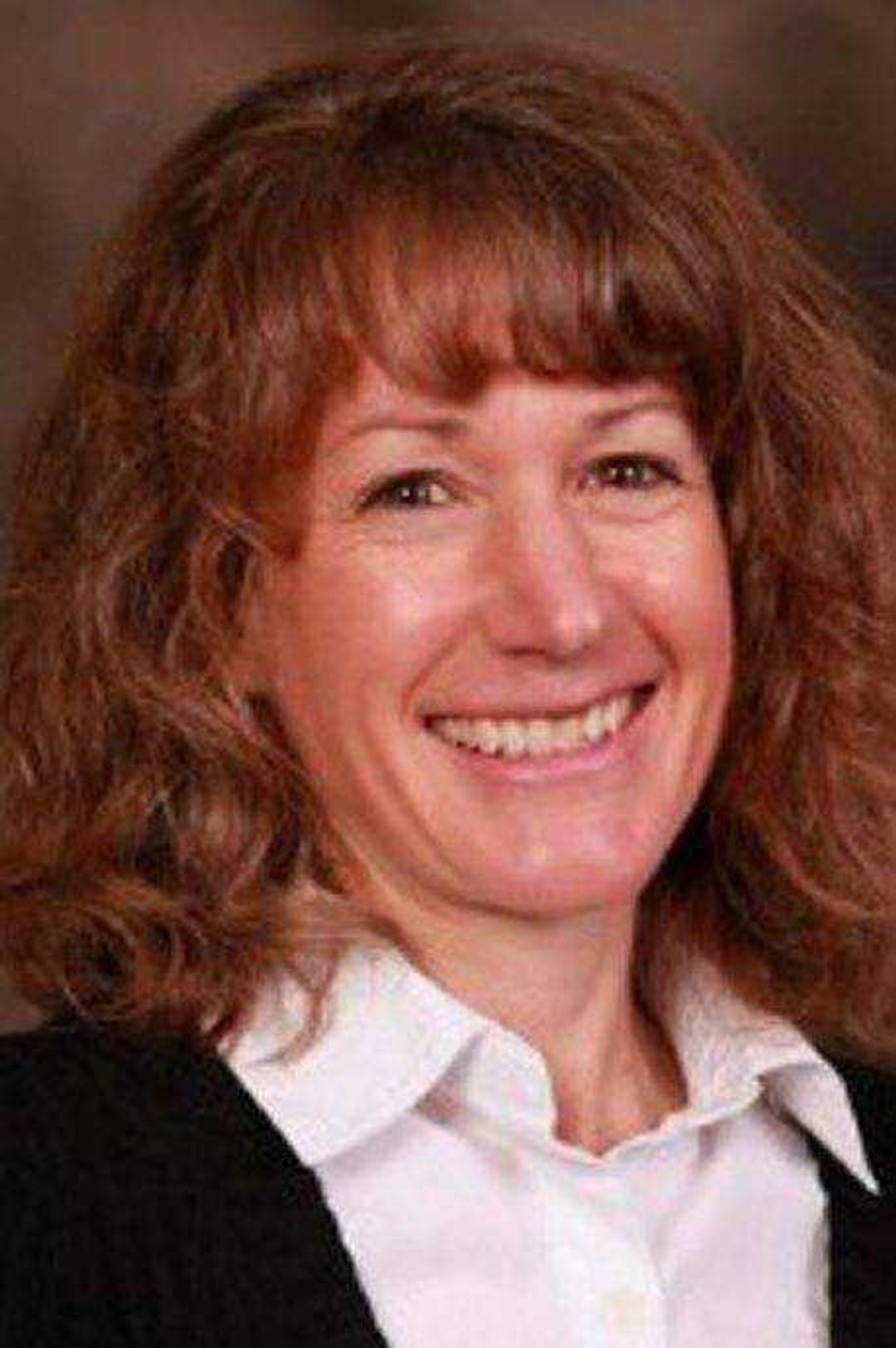
"The emerging MFA artist pursing clay in their studio is walking a fine line between [the] two worlds. ... It takes years of investment and lots of expensive equipment to become proficient in clay," she said. "Clay needs a system of specialty studios, foundations, niche museums and galleries to support that -- that is the craft world. To gain access to clay, you must access the community -- the craft community. On the other hand, these young emerging artists also may find themselves at a sort of contemporary-art roundtable with a variety of other mediums where they need to speak the language of the dominant contemporary art culture and where they must also contextualize their own work for the broader art world. However, we all are becoming more fluent in each others' worlds."
Whimsical and terrifying
Reese addresses a variety of topics in her work, ranging from the whimsical to the terrifying. She imbues these issues into her ceramics by manipulating the proportion of her figures, which often changes them into monsters. She compares this transformation to the way the Mannerists and Baroque artists exaggerated the human figure. She often combines serious issues with fantasy in the same piece.
"The work is whimsical, especially in form, but there are deeper (sometimes darker) under currents. At my best, I hope I'm double-coding," she said. "I enjoy looking at porcelain figurines that come out of the Baroque period. Arising from that aesthetic, there is exuberance, tension and exaggerated elegance. Somehow it fulfills my needs as an artist to take those Baroque and Mannerist conventions and make monsters out of them. ... My work explores concepts of divine femininity, which can be devouring, toothed and/or peaceful. In some cases, these are mother figurines, icons that consume individuality."
'Anxiety of completion'
The process of making art can be daunting for both the professional practitioner and the student.
Reese said, there is an "anxiety of completion" ceramicists face as they create their work.
"For me, ceramic sculpture is not a quick process like making functional ware. It's not really a direct process, either, like painting, drawing [or] stone-sculpture," she said. "A piece must be tried by fire before you really know what the finished product will look like. For instance, an applied but unfired glaze doesn't look anything like it will after it comes out of the kiln. I might be applying what looks like a green toothpaste to my piece, which will -- if all goes like planned -- be a shiny, cherry-red glaze when it comes out of the kiln. You have to learn to use your mind's eye and imagine how you might want it. Even all the consideration in the world often leaves me stumped when I open a kiln. 'How did that happen?' I wonder? However, it's the thrill -- the flip side of anxiety -- that makes opening a kiln so wonderful. Long tentacles move in the firing, cracks open, colors change ... but sometimes an unexpected miracle happens, too. So, mainly, I've learned to do a lot of testing, pray to the kiln gods and hopefully detach a little bit."
Gallery philosophy
Reese's experience as a gallery owner and curator gives an added dimension to her artistic vision. When choosing artists for her gallery, she considers the relationships between the work of various artists and how they speak to each other within the gallery space.
She also is interested in a unique vision that strays from traditional ways of seeing.
"When I organize an exhibition at Reese Gallery, I'm thinking of two artists that will pair well. When their work comes together, I hope that a dialogue emerges," she said. "It's very interesting me, at this point in my life, to hear the visual conversation between two concentrated bodies of work. In a group show, there are lots of individual voices. I'm listening for the voices that stay true to themselves, that are focused and driven. ... I often think that the artists chosen will bring their communities and provide the audience. In a sense, the audience is an extension of the artwork chosen."
When choosing work as a juror for exhibitions outside her community, Reese applies her ideas concerning the integration of fine art and craft to her decision-making process.
She is hopeful small communities will benefit from exposure to nontraditional subject matter.
As a result of their experience "more people will be bold and create art, which gives meaning and context to their own lives," she said. "With exhibitions like this, people can take that next step and collect an art-object. People will feel more interested and comfortable going to a museum, art fairs and galleries. Perhaps they will grow a curiosity about artwork -- not simply for being decorative -- but because every object carries meaning and knowledge. If I want to be close to a certain line of questions, [or] a certain knowledge, I collect that item. If you collect something, you become interested in its background and its art history, its greater framework. Eventually, our culture becomes more aesthetically literate -- and that's because of each and every exhibition."
The Wild Things exhibition will be on view June 5 through 27 at the Arts Council of Southeast Missouri, 32 N. Main St. in Cape Girardeau. The opening reception will take place from 5 to 9 p.m. June 5, with awards announced at 6 p.m.
Connect with the Southeast Missourian Newsroom:
For corrections to this story or other insights for the editor, click here. To submit a letter to the editor, click here. To learn about the Southeast Missourian’s AI Policy, click here.

